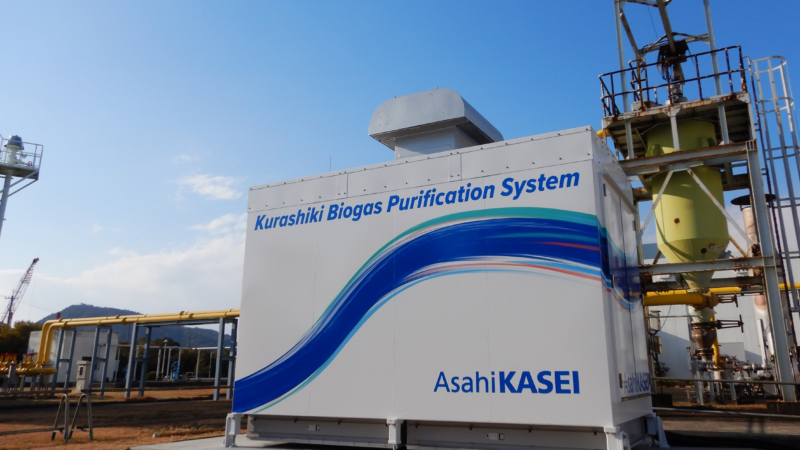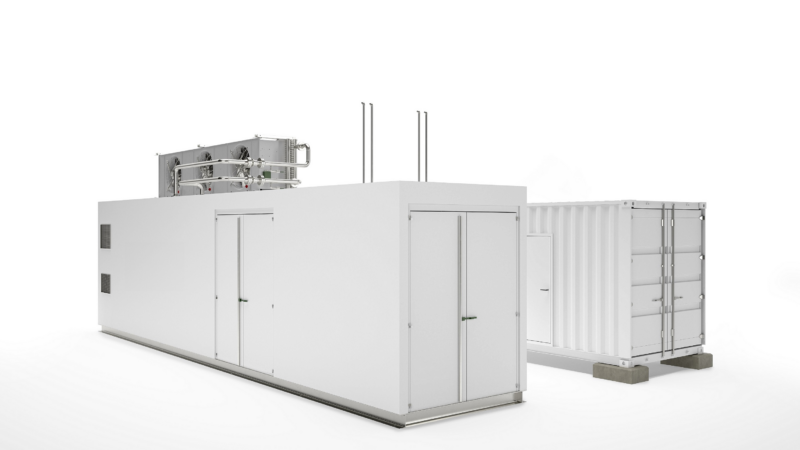Adsorption processes based on rotary hearth furnace coke are low-cost solutions to reliably undercut demanded limit values
Cologne. – Ever since Germany’s Ordinance on Environmentally Compatible Storage of Waste from Human Settlements and on Biological Waste-Treatment Facilities (AbfAblV) came into effect, the dumping of untreated waste from households and trade has been banned. This also applies to municipal sewage sludge, which is increasingly set to be used in thermal recycling. However, sewage sludge is often contaminated with heavy metals like mercury whose separation poses special problems in combustion.
Owing to the high steam pressure of elemental mercury, virtually no binding in the sludge or filter dust occurs, so that nearly all of the mercury passes to the gaseous phase. In sewage sludge combustion, if no proper action is taken, the insoluble heavy metal goes through the conventional waste-gas cleaning stages almost unhindered, so that adherence to the limit value of 0.03 mg/m3 demanded by the 17th Immission Control Ordinance (BImSchV) poses a challenge.
For the emission threshold to be adhered to, various technologies can be used and, of these, entrained-phase adsorption using HOK activated lignite is one of the least-cost and also most effective solutions. Here, the process is not only a particularly simple and convincing method for reducing mercury: it can be implemented in existing plants as well, quickly and with little outlays.
Low-cost adsorption and catalyst material in environmental protection
Hearth-furnace coke from Rhenish lignite, made in the so-called „Herdofenverfahren“ (hearth-furnace process), which also helped the adsorbent get its trade name, HOK, enables the retention of a range of emission-relevant pollutants thanks to its high porosity and the striking inner pore system.
Besides other heavy metals like cadmium and lead, these also include sulphur dioxide (SO2), hydrogen chloride (HCl), hydrogen fluoride (HF) and hydrogen sulphide (H2S) as well as dioxins and furans and a range of other organic components, all of which are reliably separated.
When HOK is used, the pollutants are removed from the waste gas or waste air by adsorption, chemisorption or catalytic conversion. HOK’s high separation efficiency in many cases enables their separation to below the detection limit.
Thanks to its special properties, HOK is used as activated lignite in environmental protection, not only in gas cleaning, but also in numerous other applications, like biological effluent treatment, as filter material for drinking-water treatment and as adsorbent for cleaning waste dump seepage and industrial sewage water.
Activated lignite is crucially different from most other activated carbons both in its production and in its properties. The pyrolysis and activation of the lignite extracted from RWE Power AG’s opencast mines in the vicinity of Cologne as well as the worldwide distribution of the processed activated lignite by its subsidiary, Rheinbraun Brennstoff GmbH (RBB), follow a consistently practised quality-assurance system.
Please find further information on the internet at www.hok.de.
Aktivkoks wird auf Basis rheinischer Braunkohle im sogenannten Herdofenverfahren hergestellt. Die besonderen Eigenschaften der rheinischen Braunkohle in Verbindung mit den Aktivierungsbedingungen im Herdofen führen zu einem Aktivkoks, der seit vielen Jahren als preiswertes Adsorptionsmittel und Filtermittel in den unterschiedlichsten Anwendungen der Abgas- und Abwasserreinigung zum Einsatz kommt.
Kontakt:
Rheinbraun Brennstoff GmbH
Dr. Volker Schulz
Ludwigstraße
50226 Frechen
+49 (0) 221 / 42 58 12
http://www.hok.de
v.schulz@dr-schulz-pr.de
Pressekontakt:
Dr. Schulz Public Relations GmbH
Dr. Volker Schulz
Berrenrather Str. 190
50937 Köln
rbb@dr-schulz-pr.de
+49 (0) 221 / 42 58 12
http://www.hok.de





